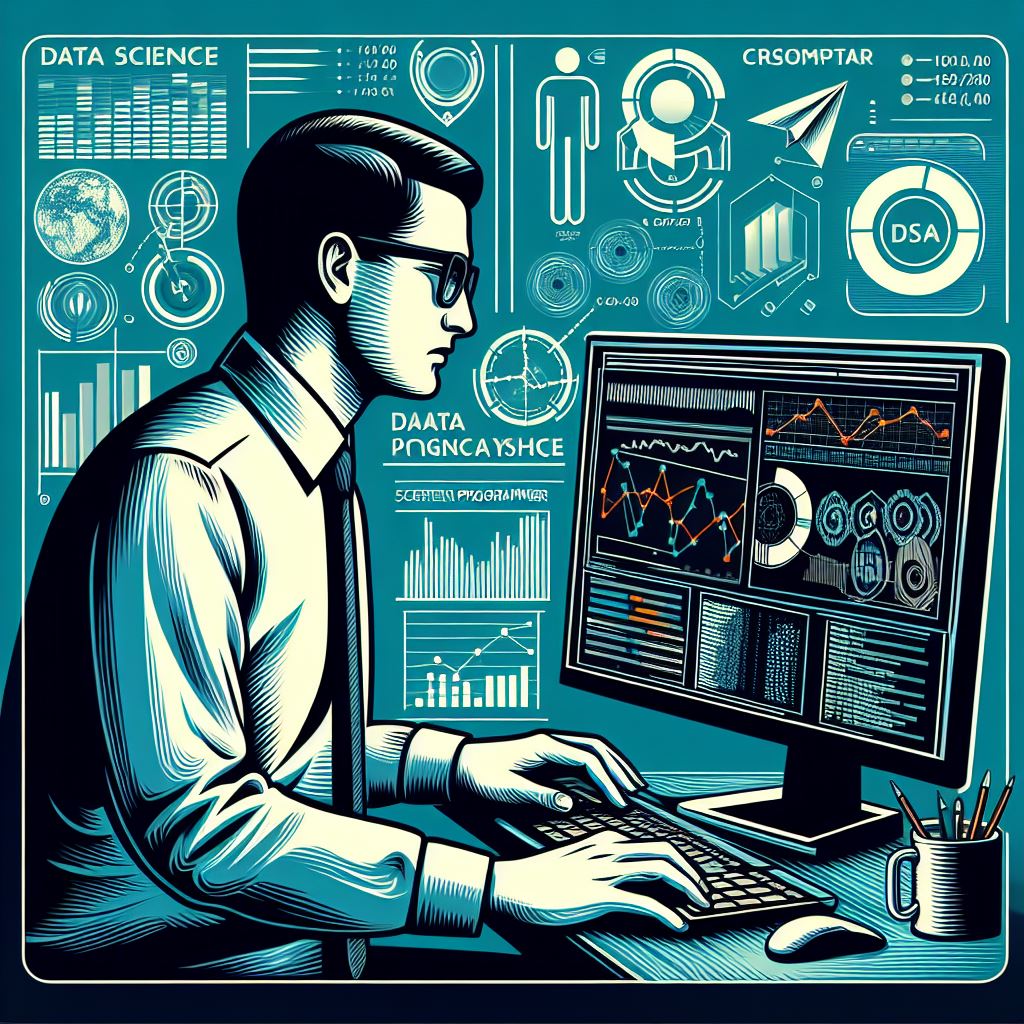Deep learning is a subset of machine learning that has gained significant attention in recent years, thanks to its ability to solve complex problems in fields like computer vision, natural language processing, and speech recognition. Unlike traditional machine learning models, deep learning algorithms rely on artificial neural networks with many layers to process data, which allows them to automatically learn and improve from experience without needing explicit programming.
At its core, deep learning mimics the way the human brain works, using layers of neurons to detect patterns and make decisions. These layers are referred to as “artificial neural networks,” and they are designed to identify relationships within large volumes of data, such as images, sounds, and text. As these models are exposed to more data, they improve their ability to make accurate predictions, making them ideal for tasks like image classification, fraud detection, and even self-driving cars.
One of the most popular types of deep learning models is the convolutional neural network (CNN), widely used in computer vision tasks. CNNs are adept at analyzing visual data by using specialized layers that can detect features such as edges, textures, and objects. This ability has revolutionized industries that rely on visual recognition, such as healthcare (for medical image analysis), security (for facial recognition), and entertainment (for object detection in videos).
Another key deep learning model is the recurrent neural network (RNN), particularly useful in natural language processing (NLP). RNNs are designed to handle sequential data, making them ideal for tasks like speech recognition, machine translation, and sentiment analysis. By processing data in a sequence, RNNs are able to remember previous inputs, which helps them make more accurate predictions based on context.
Deep learning’s success is largely due to its ability to handle big data. Traditional machine learning models struggle with large datasets because they require manual feature engineering, which is both time-consuming and resource-intensive. In contrast, deep learning models can automatically learn from raw data without needing human intervention. This makes them much more scalable and efficient, especially when dealing with unstructured data like images and videos.
The rise of deep learning has also been fueled by advancements in hardware and software. Graphics processing units (GPUs), which are optimized for parallel processing, allow deep learning models to be trained much faster than before. Additionally, the availability of vast datasets from the internet and advancements in cloud computing have made it easier and more cost-effective for businesses and researchers to train and deploy deep learning models.
Despite its many advantages, deep learning still faces several challenges. One of the main concerns is the need for large amounts of labeled data to train models effectively. In some fields, this data may be scarce or difficult to obtain. Furthermore, deep learning models are often seen as “black boxes” because they do not provide easily interpretable results, making it difficult to understand how they make decisions. This lack of transparency can be a significant obstacle in industries where explainability is critical, such as healthcare or finance.
Another challenge is the computational cost. Training deep learning models requires powerful hardware and substantial energy resources, which can be expensive and environmentally impactful. Researchers are actively working to develop more efficient algorithms and reduce the carbon footprint of deep learning technologies.
In conclusion, deep learning is a transformative technology that has already made significant strides in fields such as artificial intelligence and machine learning. As advancements continue, we can expect even greater improvements in how we interact with technology. While challenges remain, deep learning’s potential to drive innovation across industries is undeniable.
